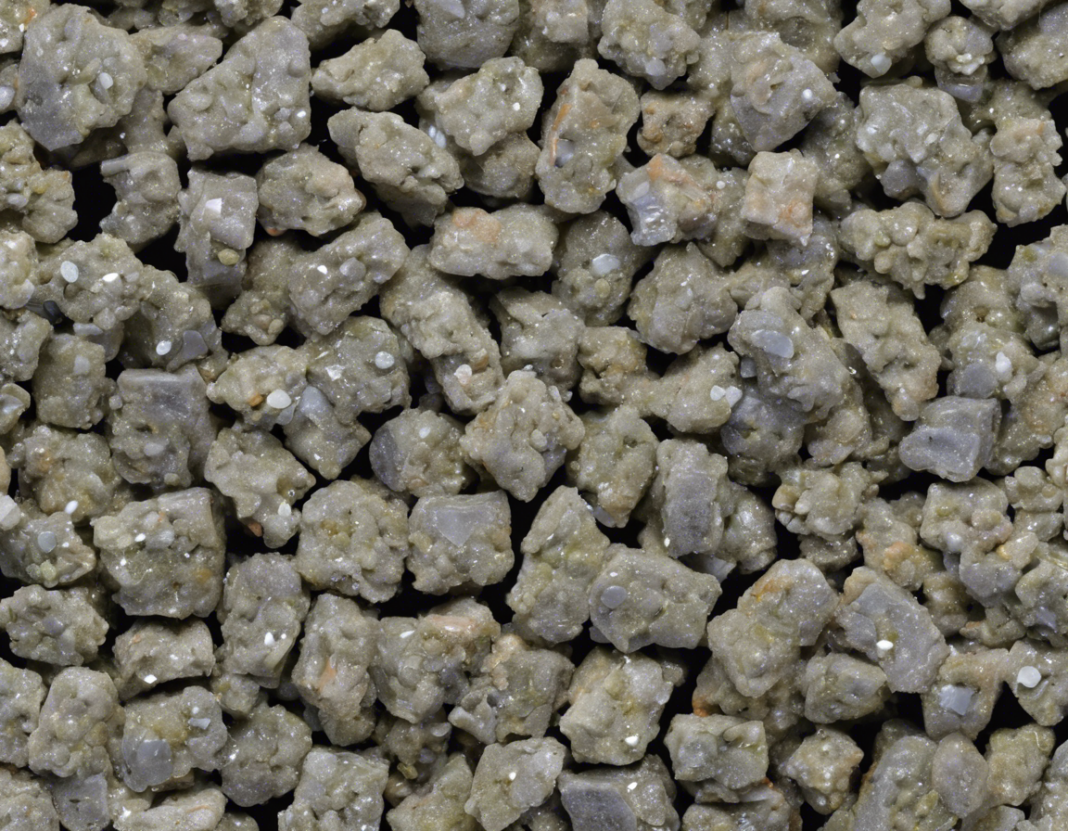Introduction
In today’s fast-paced world, stress has become an ever-present companion for many people. With the constant demands of work, personal life challenges, and societal pressures, it’s no wonder that stress levels are on the rise. One particular type of stress that has garnered attention in recent years is what is known as pave strain. This unique form of stress is characterized by the feeling of being overwhelmed by the sheer amount of choices and possibilities available in the modern world. In this comprehensive guide, we will explore what pave strain is, its effects on individuals, and most importantly, provide actionable tips on how to navigate and mitigate its impact on your life.
Understanding Pave Strain
Pave strain is a term that was coined by the sociologist Georg Simmel back in 1903 to describe the stress that comes from living in a fast-paced, modern society. It refers to the feeling of being overwhelmed by the multitude of choices and options available to individuals in various aspects of life, such as career paths, relationships, lifestyle choices, and more. In a world where we are bombarded with endless possibilities and opportunities, it’s easy to feel paralyzed by the fear of making the wrong decision or missing out on something better.
Effects of Pave Strain
The effects of pave strain can be profound and far-reaching, impacting not only your mental and emotional well-being but also your physical health. Some common effects of pave strain include:
- Decision fatigue: Constantly being faced with choices can lead to decision fatigue, making even simple decisions feel overwhelming.
- Anxiety and stress: The pressure to make the right choices can lead to anxiety and chronic stress.
- Analysis paralysis: Overthinking every decision can lead to a state of analysis paralysis, where you are unable to make any decision at all.
- Dissatisfaction: Constantly comparing your choices to those of others can lead to feelings of dissatisfaction and inadequacy.
- Burnout: The constant pressure to keep up with all the possibilities around you can ultimately lead to burnout.
Tips for Navigating Pave Strain
While pave strain may seem like an insurmountable challenge, there are ways to navigate its effects and regain a sense of control in your life. Here are some tips to help you combat pave strain and cultivate a sense of calm and purpose:
1. Practice Mindfulness
One of the most effective ways to combat pave strain is to practice mindfulness. Mindfulness involves being present in the moment, fully aware of your thoughts and feelings without judgment. By practicing mindfulness, you can train your mind to focus on the present moment rather than getting caught up in worries about the future or regrets about the past. This can help reduce anxiety and increase your ability to make decisions with clarity and purpose.
2. Limit Your Choices
In a world where we are constantly bombarded with choices, it can be helpful to limit the number of options available to you. Instead of trying to consider every possible outcome, focus on narrowing down your choices to a few viable options. This can help reduce decision fatigue and analysis paralysis, making it easier for you to make a decision and move forward.
3. Set Boundaries
Learning to set boundaries is crucial in combating pave strain. This means learning to say no to things that don’t align with your values and priorities, and creating space for the things that truly matter to you. Setting boundaries can help you focus on what’s important and minimize distractions and stress from external sources.
4. Prioritize Self-Care
Self-care is essential for maintaining your mental and emotional well-being, especially in the face of pave strain. Make time for activities that help you relax and recharge, whether it’s reading a book, taking a walk in nature, or practicing yoga. Taking care of yourself will help you build resilience and better cope with the challenges of modern life.
5. Seek Support
If you find yourself struggling to cope with pave strain on your own, don’t hesitate to seek support from friends, family, or a mental health professional. Talking about your feelings and experiences with someone you trust can help you gain perspective and find healthy ways to manage stress.
Frequently Asked Questions (FAQs)
1. What are some common signs of pave strain?
Some common signs of pave strain include feeling overwhelmed by choices, experiencing decision fatigue, constant comparison to others, and a sense of dissatisfaction or anxiety.
2. How can pave strain impact my physical health?
Pave strain can impact your physical health by increasing stress levels, leading to symptoms such as headaches, digestive issues, insomnia, and weakened immune function.
3. Is pave strain a form of anxiety?
While pave strain and anxiety can be closely related, pave strain is more about feeling overwhelmed by choices and possibilities, while anxiety is a broader mental health condition characterized by excessive worry and fear.
4. Can technology contribute to pave strain?
Yes, technology can contribute to pave strain by constantly bombarding us with information and choices, making it difficult to disconnect and focus on what truly matters.
5. How can I help a friend who is struggling with pave strain?
If a friend is struggling with pave strain, offer them a listening ear, validate their feelings, and encourage them to seek professional help if needed. You can also support them by engaging in activities that promote relaxation and self-care.
In conclusion, pave strain is a real phenomenon in today’s modern world, but it is not insurmountable. By implementing the tips provided in this guide and seeking support when needed, you can navigate pave strain and reclaim a sense of balance and fulfillment in your life. Remember, it’s okay to take a step back, simplify your choices, and focus on what truly matters to you.
